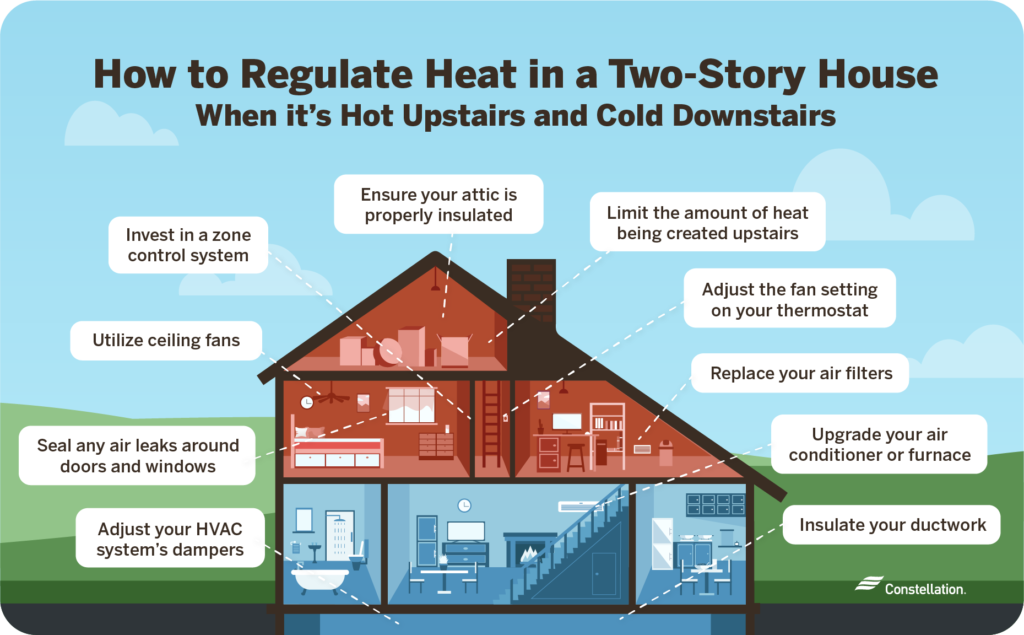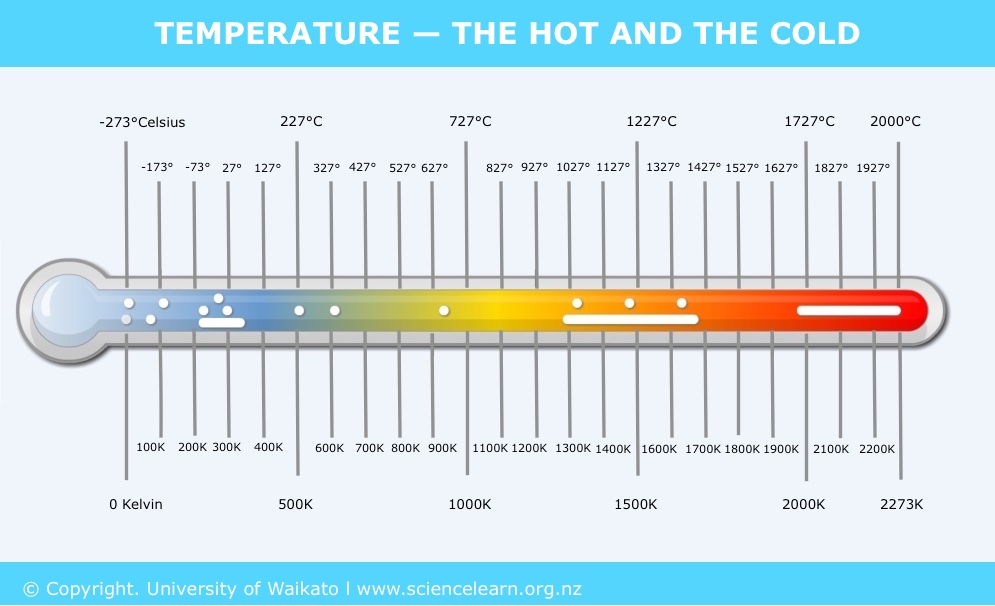What Is Normal Heat Temperature In House

Frequently Asked Questions About Normal House Heat Temperature
Maintaining a comfortable and healthy indoor temperature is crucial for well-being. This FAQ addresses common questions homeowners and facility managers have about what constitutes a normal and acceptable heat temperature in a house.
Q1: What is generally considered a comfortable and energy-efficient indoor temperature for heating during the day?
The consensus among experts, including energy efficiency advocates and health organizations, is that a comfortable and energy-efficient temperature for a house during the day in heating season is around 68°F (20°C). This temperature strikes a balance between comfort and minimizing heating costs. Keep in mind that personal preferences can vary slightly, but aiming for this range is a good starting point. Maintaining this temperature consistently throughout the day can also prevent temperature fluctuations that could affect the efficiency of your HVAC system.
However, several factors can influence this target temperature, including:
- Activity Level: If you are actively engaged in physical activities indoors, you may find a slightly cooler temperature more comfortable.
- Clothing: Wearing warmer clothing can allow you to set the thermostat a few degrees lower.
- Age: Elderly individuals or infants may require slightly warmer temperatures.
- Health Conditions: Certain medical conditions may necessitate a specific temperature range for comfort and health.
Q2: Is it okay to lower the thermostat at night, and if so, by how much?
Yes, lowering the thermostat at night is generally recommended and can significantly reduce your heating bills. A common recommendation is to lower the temperature by 7-10°F (4-6°C) while you are sleeping. This not only saves energy but can also promote better sleep quality, as a slightly cooler room is often conducive to a more restful night.
Here's why lowering the thermostat at night is beneficial:
- Reduced Heat Loss: When the temperature difference between the inside and outside of your house is smaller, less heat escapes, reducing the workload on your heating system.
- Energy Savings: Your furnace or heating system won't have to work as hard to maintain the lower temperature, resulting in lower energy consumption.
- Programmable Thermostats: Using a programmable thermostat makes it easy to automatically adjust the temperature at night and then raise it again in the morning before you wake up.
Some people worry that lowering the thermostat at night will cause their heating system to work harder to bring the house back up to temperature in the morning, negating any savings. However, the energy saved by maintaining a lower temperature for several hours overnight typically outweighs the energy required to reheat the house in the morning.
Q3: What temperature is considered too cold for a house, potentially posing health risks?
While personal comfort levels vary, temperatures below 60°F (15.5°C) are generally considered too cold for a house, especially for extended periods. Prolonged exposure to cold temperatures can pose several health risks, particularly for vulnerable populations such as the elderly, infants, and individuals with pre-existing health conditions. Hypothermia is a serious concern, and even milder symptoms like shivering and discomfort can indicate that the indoor temperature is too low.
Potential health risks associated with low indoor temperatures include:
- Hypothermia: A dangerous condition that occurs when the body loses heat faster than it can produce it.
- Respiratory Problems: Cold air can exacerbate respiratory conditions like asthma and bronchitis.
- Increased Risk of Infections: Cold temperatures can weaken the immune system, making individuals more susceptible to infections.
- Cardiovascular Issues: Cold can put a strain on the cardiovascular system, increasing the risk of heart attacks and strokes.
- Joint Pain and Stiffness: Cold temperatures can worsen joint pain and stiffness, particularly for individuals with arthritis.
It's important to monitor the indoor temperature and take steps to ensure it remains within a safe and comfortable range. If you are unable to maintain an adequate temperature, seek assistance from local social services or energy assistance programs.
Q4: What factors can affect the ideal indoor temperature, and how can I adjust accordingly?
Several factors can influence the ideal indoor temperature. Understanding these factors will help you adjust your thermostat settings to maintain a comfortable and energy-efficient environment. These factors include:
- Outdoor Temperature: Naturally, the outdoor temperature will have a significant impact on the indoor temperature. As the outdoor temperature drops, you may need to increase the thermostat setting to maintain a comfortable indoor temperature.
- Insulation: Proper insulation helps to keep heat inside your house during the winter and outside during the summer. Houses with poor insulation will require more energy to maintain a consistent temperature.
- Air Leaks: Drafts from windows, doors, and other openings can allow heat to escape, making it difficult to maintain a comfortable indoor temperature. Sealing air leaks can significantly improve energy efficiency.
- Sunlight: Sunlight can naturally warm your house, especially if you have large windows facing south. Open curtains during the day to take advantage of solar heat gain, and close them at night to retain heat.
- Humidity: High humidity can make you feel warmer than the actual temperature, while low humidity can make you feel colder. Maintaining optimal humidity levels can improve comfort.
- Personal Preferences: Ultimately, the ideal indoor temperature is a matter of personal preference. Experiment with different thermostat settings to find the temperature that is most comfortable for you.
Adjustments based on these factors might include:
- Insulating your home (walls, attic, floors) to maintain internal temperature.
- Sealing drafts around windows and doors.
- Using curtains or blinds to control solar heat gain.
- Using a humidifier or dehumidifier to maintain optimal humidity levels.
- Wearing layers of clothing for personal comfort.
Q5: How can I ensure that the temperature is consistent throughout my house?
Inconsistent temperatures throughout a house can be a common problem, especially in larger homes or those with multiple stories. Here are some steps you can take to ensure a more consistent temperature throughout your house:
- Balance the HVAC System: Ensure that your HVAC system is properly balanced, meaning that each room receives the appropriate amount of heating or cooling. This may involve adjusting dampers in your ductwork or consulting with an HVAC professional.
- Seal Air Leaks: As mentioned earlier, sealing air leaks can prevent drafts and heat loss, which can contribute to inconsistent temperatures.
- Insulate Properly: Adequate insulation in walls, ceilings, and floors will help to maintain a consistent temperature throughout the house.
- Use Fans: Ceiling fans can help to circulate air and distribute heat more evenly. Run them in a clockwise direction during the winter to push warm air down from the ceiling.
- Consider Zoning: Zoning allows you to divide your house into different temperature zones, each with its own thermostat. This can be particularly useful for larger homes or those with rooms that have different heating or cooling needs.
- Check for Blocked Vents: Make sure that furniture or other objects are not blocking air vents, as this can restrict airflow and cause uneven temperatures.
- Regular HVAC Maintenance: Regular maintenance, such as changing air filters and cleaning coils, can help to ensure that your HVAC system is operating efficiently and effectively.
Addressing these issues will contribute to a more comfortable and balanced temperature distribution in your home.
Q6: Are there any smart home technologies that can help me manage my home's heating more efficiently?
Yes, several smart home technologies can significantly improve your home's heating efficiency and comfort. These technologies allow for more precise control and automation of your heating system, leading to energy savings and increased convenience. Investing in smart home technologies can make a significant impact on your energy consumption and overall comfort level.
Here are some examples:
- Smart Thermostats: Smart thermostats learn your heating and cooling patterns and automatically adjust the temperature based on your preferences and schedule. They can also be controlled remotely via a smartphone app, allowing you to adjust the temperature even when you're away from home. Some smart thermostats also offer features like geofencing, which automatically adjusts the temperature based on your location.
- Smart Vents: Smart vents allow you to control the airflow to individual rooms, enabling you to direct heat to the areas that need it most. This can be particularly useful for homes with uneven temperature distribution.
- Smart Sensors: Smart sensors can monitor the temperature and humidity in different rooms of your house, providing you with valuable data that you can use to optimize your heating settings. Some sensors can also detect occupancy, allowing you to automatically adjust the temperature based on whether or not a room is occupied.
- Smart Home Hubs: Smart home hubs can connect all of your smart home devices together, allowing you to control them from a single app or interface. This can make it easier to manage your home's heating system and automate various tasks, such as turning down the thermostat when you leave for work.
Q7: What is the best way to approach disputes about temperature preferences in a shared living space?
Disputes about temperature preferences are common in shared living spaces, whether it's a family home, an apartment with roommates, or an office environment. Here's a constructive approach to resolving these disagreements:
- Open Communication: The most important step is to have an open and honest conversation about everyone's temperature preferences. Explain your reasons for wanting a particular temperature, whether it's related to comfort, health, or energy savings.
- Compromise: Be willing to compromise and find a temperature that works for everyone. This may involve adjusting the thermostat slightly to accommodate different preferences.
- Layering: Encourage individuals to wear layers of clothing to adjust to the temperature. Those who feel cold can add layers, while those who feel warm can remove them.
- Personal Space Heaters/Fans: Consider using personal space heaters or fans to provide localized heating or cooling in individual workspaces or rooms. This can help to address individual temperature needs without affecting the overall temperature of the shared space.
- Negotiate Time-Based Adjustments: Agree on specific times of day when the temperature can be adjusted to accommodate different needs. For example, the temperature could be lowered at night for those who prefer a cooler sleeping environment, and then raised in the morning.
- Address Underlying Issues: Sometimes, temperature disputes are a symptom of underlying issues, such as poor insulation or drafts. Addressing these issues can improve overall comfort and reduce the need for extreme temperature adjustments.
- Seek Mediation: If you are unable to resolve the dispute on your own, consider seeking mediation from a neutral third party. A mediator can help facilitate communication and find a mutually acceptable solution.
By following these steps, you can work towards a harmonious and comfortable living environment for everyone in the shared space.




/cloudfront-us-east-1.images.arcpublishing.com/gray/PCA72OGWA5COJBBQDQ4X4DIEP4.png)





